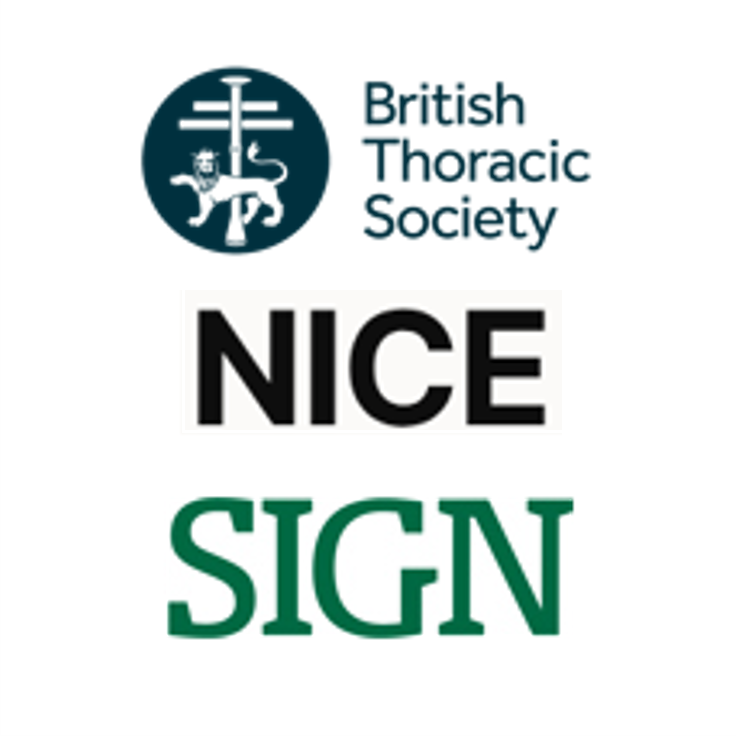- 853. Arad I, Landau H. Adrenocortical reserve of neonates born of long-term, steroid-treated mothers. Eur J Pediatr 1984;142(4):279-80.
Management during labour

This content is from the BTS/SIGN British guideline on the management of asthma (SIGN 158), 2019.
Acute attacks of asthma are very rare in labour, perhaps due to endogenous steroid production. In women receiving steroid tablets there is a theoretical risk of maternal hypothalamic-pituitary-adrenal axis suppression. Women with asthma may safely use all forms of usual labour analgesia.
Although suppression of the fetal hypothalamic-pituitary-adrenal axis is a theoretical possibility with maternal systemic steroid therapy, there is no evidence from clinical practice or the literature to support this.853
[BTS/SIGN 2019]
[BTS/SIGN 2019]
[BTS/SIGN 2019]
[BTS/SIGN 2019]
[BTS/SIGN 2019]
R
Use prostaglandin F2α with extreme caution in women with asthma because of the risk of inducing bronchoconstriction.[BTS/SIGN 2019]
![]()
![]()